Home>Furniture & Design>Kitchen Furniture>How To Protect Fabric On Dining Chairs
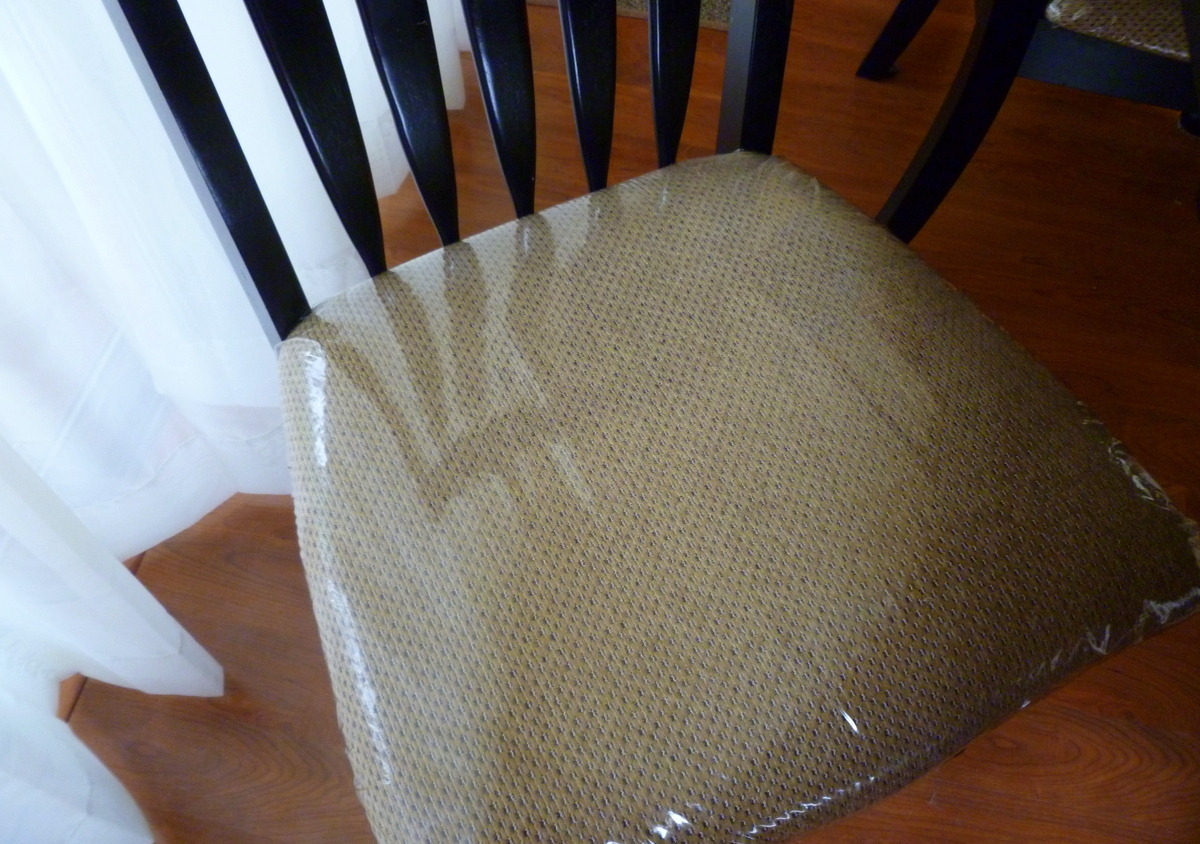

Kitchen Furniture
How To Protect Fabric On Dining Chairs
Published: January 31, 2024
Learn how to protect the fabric on your dining chairs with our expert tips and advice. Keep your kitchen furniture looking great for years to come. Ideal for kitchen furniture, furniture, and design enthusiasts.
(Many of the links in this article redirect to a specific reviewed product. Your purchase of these products through affiliate links helps to generate commission for Storables.com, at no extra cost. Learn more)
Introduction
When it comes to creating a warm and inviting dining space, the choice of furniture plays a pivotal role. Dining chairs, in particular, are not only functional but also contribute significantly to the overall aesthetic appeal of the dining area. Many homeowners opt for fabric-upholstered dining chairs for their comfort and visual charm. However, with this choice comes the responsibility of maintaining and protecting the fabric to ensure the chairs retain their beauty and functionality for years to come.
In this comprehensive guide, we will delve into the world of fabric protection for dining chairs. From understanding the different types of fabric used in dining chairs to providing practical tips for cleaning, maintenance, and stain removal, this article aims to equip you with the knowledge and tools necessary to preserve the allure of your dining chairs.
So, whether you are a seasoned homeowner looking to revamp your dining space or a first-time buyer eager to keep your new furniture in pristine condition, read on to discover the best practices for protecting the fabric on your dining chairs.
Key Takeaways:
- Protecting fabric on dining chairs involves strategic placement, regular vacuuming, and using fabric protection products to safeguard against wear, stains, and spills, ensuring long-lasting beauty and functionality.
- Promptly addressing spills and stains, understanding fabric types, and implementing proactive protection measures are key to preserving the allure and comfort of fabric-upholstered dining chairs.
Read more: How To Clean Dining Chair Fabric
Understanding the Fabric on Dining Chairs
Before delving into the intricacies of protecting the fabric on dining chairs, it’s essential to understand the various types of fabric commonly used in upholstery. The choice of fabric not only influences the aesthetic appeal of the chairs but also determines their durability and maintenance requirements.
1. Natural Fabrics: Many dining chairs are upholstered with natural fabrics such as cotton, linen, or wool. These materials are prized for their softness, breathability, and elegant texture. However, it’s important to note that natural fabrics are susceptible to staining and fading, requiring careful maintenance to preserve their beauty.
2. Synthetic Fabrics: In contrast to natural fabrics, synthetic materials like polyester, nylon, and microfiber offer enhanced durability and resistance to stains and sunlight. Dining chairs upholstered with synthetic fabrics are often easier to clean and maintain, making them a popular choice for households with children or pets.
3. Blends: Some dining chairs feature upholstery made from fabric blends, combining the benefits of natural and synthetic materials. For instance, a cotton-polyester blend may offer the softness of cotton with the added durability of polyester, striking a balance between comfort and resilience.
Understanding the specific fabric used in your dining chairs is crucial for implementing an effective protection and maintenance regimen. Different fabrics require different cleaning methods and protective measures to ensure longevity and visual appeal. By familiarizing yourself with the characteristics of the upholstery, you can make informed decisions regarding cleaning products, stain removal techniques, and overall care for your dining chairs.
Tips for Protecting Fabric on Dining Chairs
Preserving the fabric on dining chairs involves a combination of proactive measures and diligent maintenance. By incorporating the following tips into your routine, you can safeguard the upholstery from everyday wear and tear, spills, and stains, ultimately prolonging the lifespan of your dining chairs.
- Strategic Placement: Position your dining chairs away from direct sunlight and heat sources to prevent fabric discoloration and deterioration. Additionally, consider using seat covers or throws to shield the upholstery from accidental spills and pet dander.
- Regular Vacuuming: Utilize a soft brush attachment to gently vacuum the fabric upholstery on a weekly basis. This helps remove surface dust, crumbs, and debris that can contribute to premature wear and soiling.
- Fluff and Rotate Cushions: If your dining chairs feature removable seat cushions, periodically fluff and rotate them to promote even distribution of wear and maintain the shape of the cushions.
- Implement a “No Eating” Rule: Encourage a dining etiquette that discourages eating messy or greasy foods directly on the fabric-upholstered chairs. This simple rule can significantly reduce the risk of food stains and spills.
- Use Fabric Guards: Consider applying a reputable fabric protection product to create a barrier against liquid spills and stains. Always test the product on a small, inconspicuous area first to ensure compatibility with the fabric.
- Address Stains Promptly: Act swiftly when spills occur, using a clean cloth to blot the affected area and prevent the substance from setting into the fabric. Avoid rubbing, as this can spread the stain and damage the fibers.
- Professional Cleaning: Schedule periodic professional cleaning for your dining chairs to deep clean the fabric and address any embedded dirt or stains that regular maintenance may not fully remove.
By incorporating these protective measures into your care routine, you can minimize the impact of daily use and environmental factors on the fabric upholstery of your dining chairs. Proactive protection and attentive maintenance are key to preserving the charm and integrity of your furniture for years to come.
Regular Cleaning and Maintenance
Maintaining the fabric on dining chairs involves a consistent cleaning regimen to prevent the accumulation of dirt, grime, and stains. By incorporating regular cleaning practices into your household routine, you can effectively preserve the beauty and longevity of the upholstery.
Vacuuming: Utilize a soft brush attachment to gently vacuum the fabric upholstery of your dining chairs on a weekly basis. Pay close attention to seams, crevices, and tufted areas where debris and dust may accumulate. This routine not only removes surface dirt but also prevents particles from settling into the fabric fibers.
Spot Cleaning: Promptly address any spills or stains by using a mild detergent solution and a clean, white cloth to blot the affected area. Avoid using harsh chemicals or scrubbing vigorously, as this can damage the fabric. Always test the cleaning solution on an inconspicuous area first to ensure it does not cause discoloration or damage.
Professional Cleaning: Periodically enlist the services of professional upholstery cleaners to deep clean the fabric on your dining chairs. Professional cleaning not only removes embedded dirt and stains but also helps revitalize the fabric, restoring its luster and texture.
Rotation and Flipping: If your dining chairs feature reversible cushions or removable seat pads, consider rotating and flipping them periodically to ensure even wear and prevent overexertion on specific areas of the fabric.
Brushing and Grooming: For natural fabrics like cotton or linen, gently brush the upholstery with a soft-bristled brush to remove surface dust and maintain the fabric’s texture. This simple practice can revitalize the appearance of the fabric and prevent matting.
By incorporating these regular cleaning and maintenance practices, you can effectively mitigate the impact of everyday use and environmental factors on the fabric upholstery of your dining chairs. Consistent care not only preserves the visual appeal of the furniture but also contributes to a healthier and more inviting dining environment for you and your guests.
To protect fabric on dining chairs, consider using fabric protectant spray to create a barrier against spills and stains. Regularly vacuum and spot clean to prevent dirt and grime from setting in.
Using Fabric Protection Products
When it comes to safeguarding the fabric on dining chairs from spills, stains, and everyday wear, the use of fabric protection products can offer an additional layer of defense. These products are designed to create a barrier that repels liquid and minimizes the absorption of stains, providing a valuable shield for your upholstery.
Fabric Protectors: Explore reputable fabric protection sprays or solutions specifically formulated for the type of fabric used in your dining chairs. These products typically form an invisible shield that helps prevent liquids from permeating the fabric, giving you valuable time to address spills before they become stubborn stains.
Application Process: Before applying any fabric protection product, carefully read and follow the manufacturer’s instructions. Test the product on a small, inconspicuous area of the upholstery to ensure compatibility and assess any potential color changes or adverse effects.
Even Application: When applying fabric protection products, ensure an even and thorough coverage of the fabric surface. Pay particular attention to areas prone to spills, such as the seat and backrest, while avoiding oversaturation that may lead to discoloration or uneven texture.
Reapplication Schedule: Over time, the effectiveness of fabric protection products diminishes due to regular use and cleaning. It’s advisable to reapply the fabric protector according to the manufacturer’s recommendations, typically after professional cleaning or every few years, to maintain optimal protection.
Professional Application: For an added layer of assurance, consider having fabric protection products applied by professional upholstery cleaners. These specialists have the expertise and equipment to ensure thorough and uniform application, maximizing the protective benefits for your dining chairs.
By incorporating fabric protection products into your upholstery care regimen, you can proactively defend your dining chairs against unforeseen spills and stains, ultimately prolonging the pristine appearance of the fabric and enhancing its resilience to daily use.
Read more: How To Clean Fabric On Dining Chairs
Handling Stains and Spills
Despite our best efforts to protect the fabric on dining chairs, spills and stains are inevitable occurrences in a household. Knowing how to effectively address these mishaps can make a significant difference in preserving the appearance and integrity of the upholstery. Whether dealing with food, beverage, or other common stains, the following steps can help mitigate the impact of spills on your dining chairs.
Act Quickly: Time is of the essence when addressing spills. Immediately blot the affected area with a clean, white cloth to absorb as much of the liquid as possible. Avoid rubbing, as this can spread the stain and damage the fabric fibers.
Identify the Stain: Different stains may require specific treatment approaches. For example, water-based stains like juice or coffee should be blotted with a damp cloth, while oil-based stains like salad dressing or butter may necessitate the use of an absorbent powder to lift the grease before gentle cleaning.
Mild Cleaning Solution: Prepare a mild cleaning solution by mixing a small amount of gentle detergent with water. Using a clean cloth, gently dab the stained area with the solution, working from the outer edges toward the center to prevent the stain from spreading.
Test in an Inconspicuous Area: Before applying any cleaning solution to the stained area, test it on a hidden or inconspicuous part of the fabric to ensure it does not cause discoloration or damage. This precaution is particularly important for delicate or vibrant fabrics.
Professional Assistance: For stubborn or extensive stains that resist home treatments, consider seeking professional upholstery cleaning services. Experienced professionals can assess the nature of the stain and employ specialized techniques to effectively remove it without compromising the fabric.
Preventive Measures: Consider using removable, washable seat covers or protectors to shield the fabric from potential spills during meals or gatherings. These protective covers can be easily laundered or replaced, offering an additional layer of defense for your dining chairs.
By promptly addressing stains and spills using these strategies, you can minimize the impact on the fabric upholstery of your dining chairs and maintain their visual appeal for years to come. Remember, a proactive approach to stain removal can make a substantial difference in preserving the beauty and longevity of your furniture.
Conclusion
Protecting the fabric on dining chairs is a multifaceted endeavor that encompasses proactive measures, regular maintenance, and informed decision-making. By understanding the nuances of the fabric used in upholstery and implementing strategic protection and cleaning practices, you can ensure that your dining chairs remain a source of comfort, elegance, and pride in your home.
From natural fabrics exuding timeless charm to synthetic materials offering durability and resilience, each upholstery type presents unique care requirements. By familiarizing yourself with the characteristics of the fabric and adhering to tailored maintenance approaches, you can effectively safeguard your dining chairs from premature wear, stains, and environmental factors.
Strategic placement, regular vacuuming, and the use of fabric protection products are instrumental in fortifying the fabric against everyday challenges. Furthermore, prompt and appropriate handling of spills and stains can prevent lasting damage and maintain the pristine appearance of the upholstery.
Ultimately, the commitment to preserving the fabric on dining chairs extends beyond mere aesthetics. It reflects a dedication to creating a welcoming and harmonious dining space for family and guests, where the furniture not only looks inviting but also stands the test of time.
As you embark on the journey of caring for your dining chairs, remember that each proactive step contributes to the longevity and allure of the upholstery. Whether it’s a routine vacuuming session, a swift response to a spill, or the application of a fabric protector, your efforts culminate in a dining environment that exudes warmth, style, and enduring quality.
By integrating the insights and practices outlined in this guide into your upholstery care routine, you can take confident strides in preserving the fabric on your dining chairs, ensuring that they continue to enrich your home with their comfort and beauty for years to come.
Frequently Asked Questions about How To Protect Fabric On Dining Chairs
Was this page helpful?
At Storables.com, we guarantee accurate and reliable information. Our content, validated by Expert Board Contributors, is crafted following stringent Editorial Policies. We're committed to providing you with well-researched, expert-backed insights for all your informational needs.

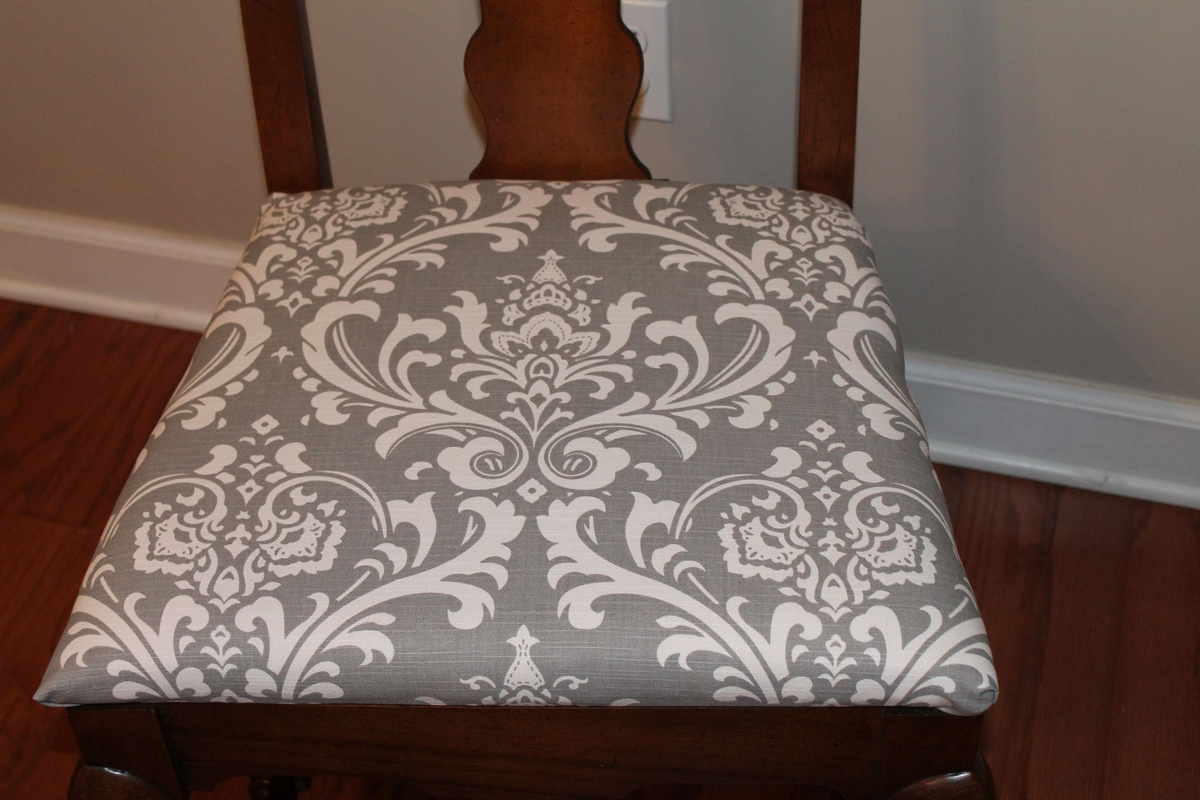
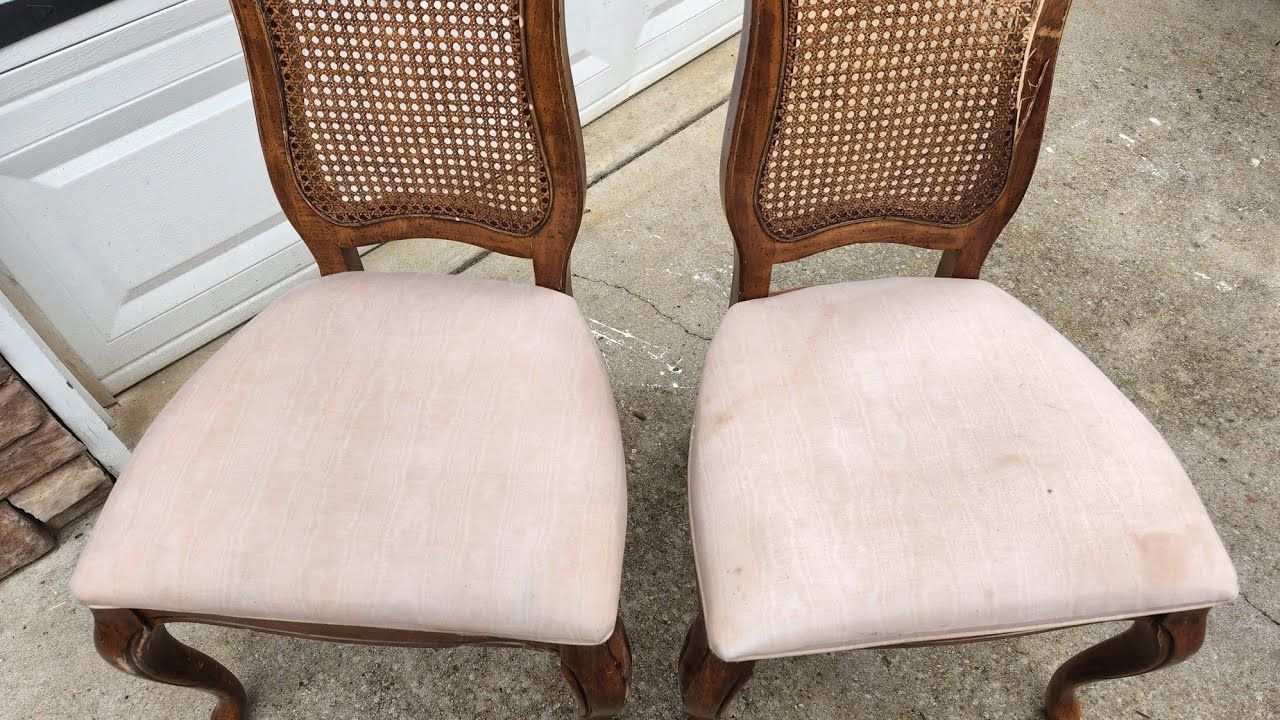
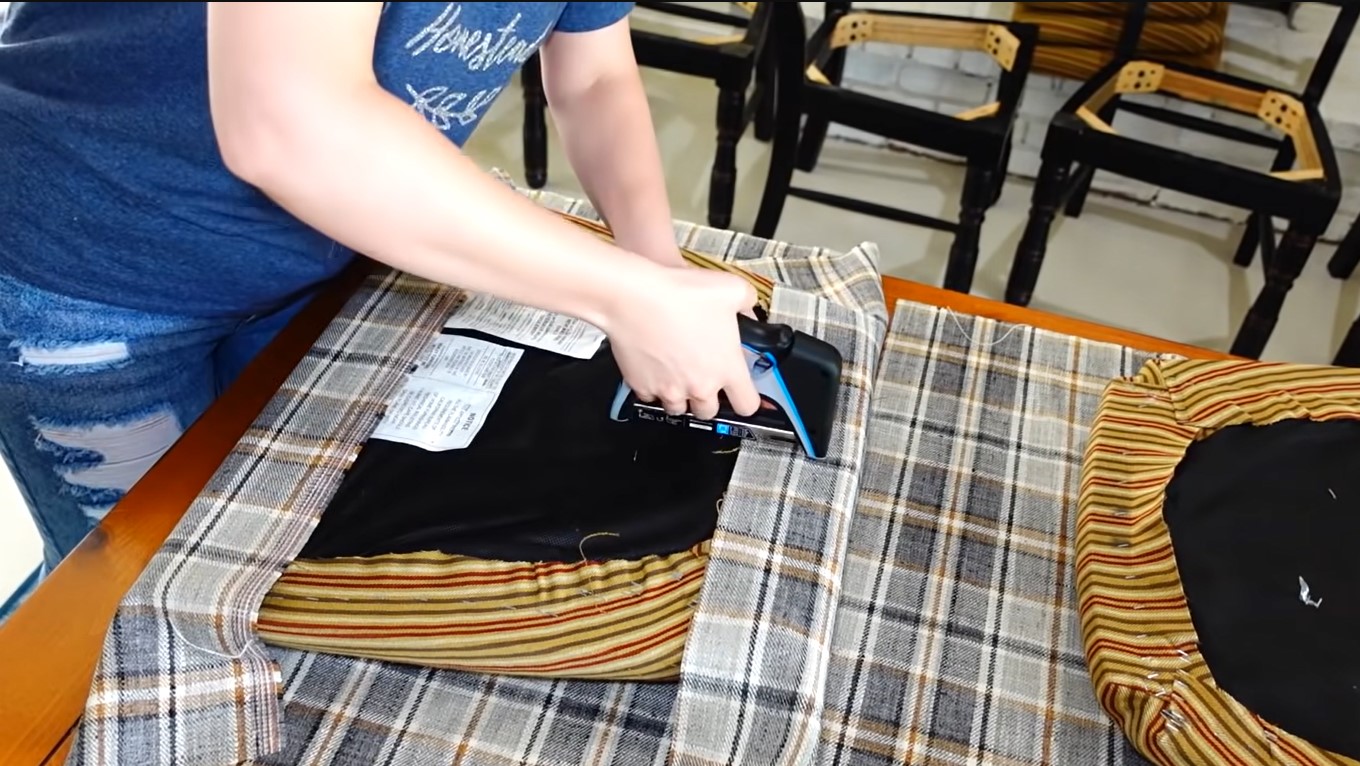
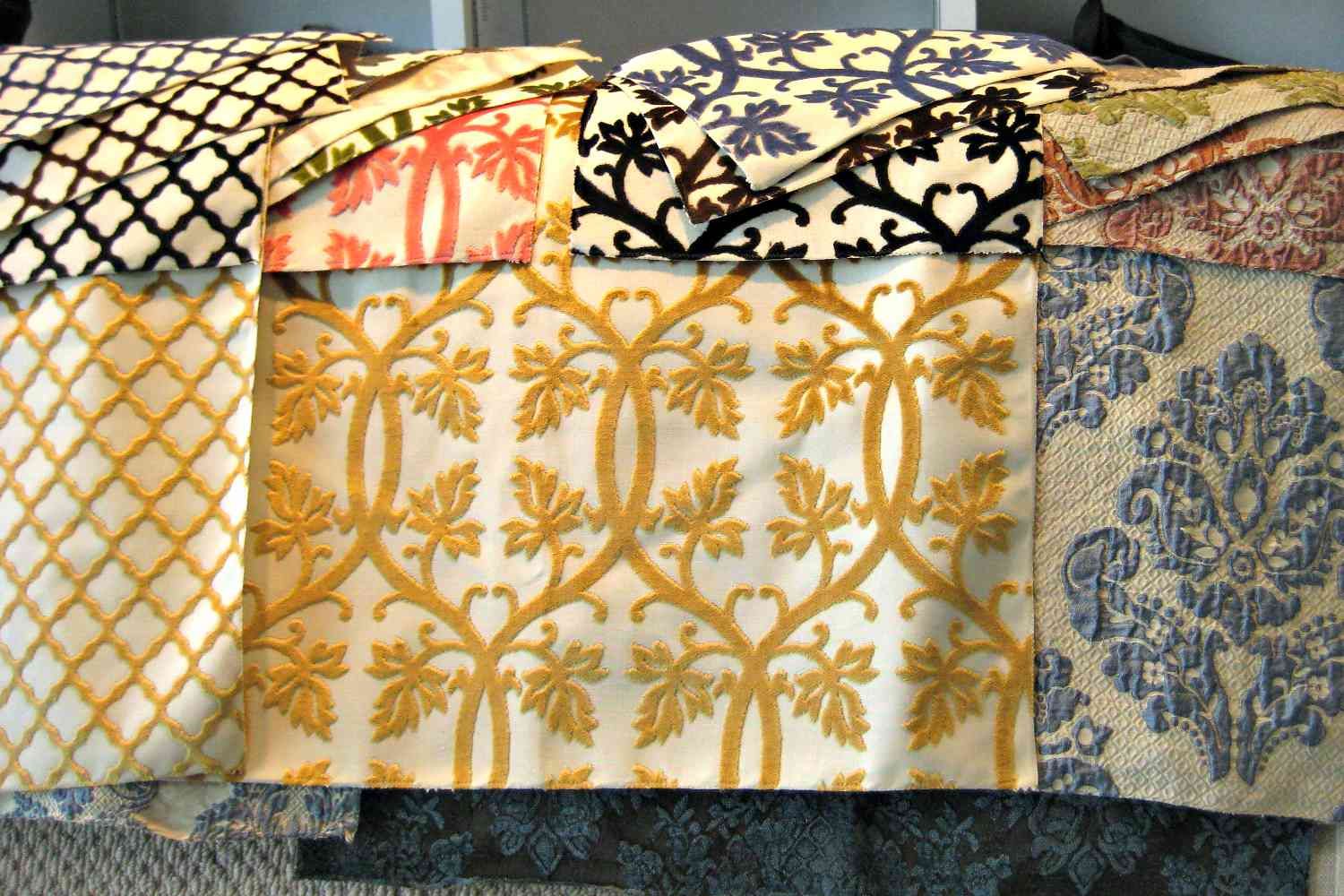

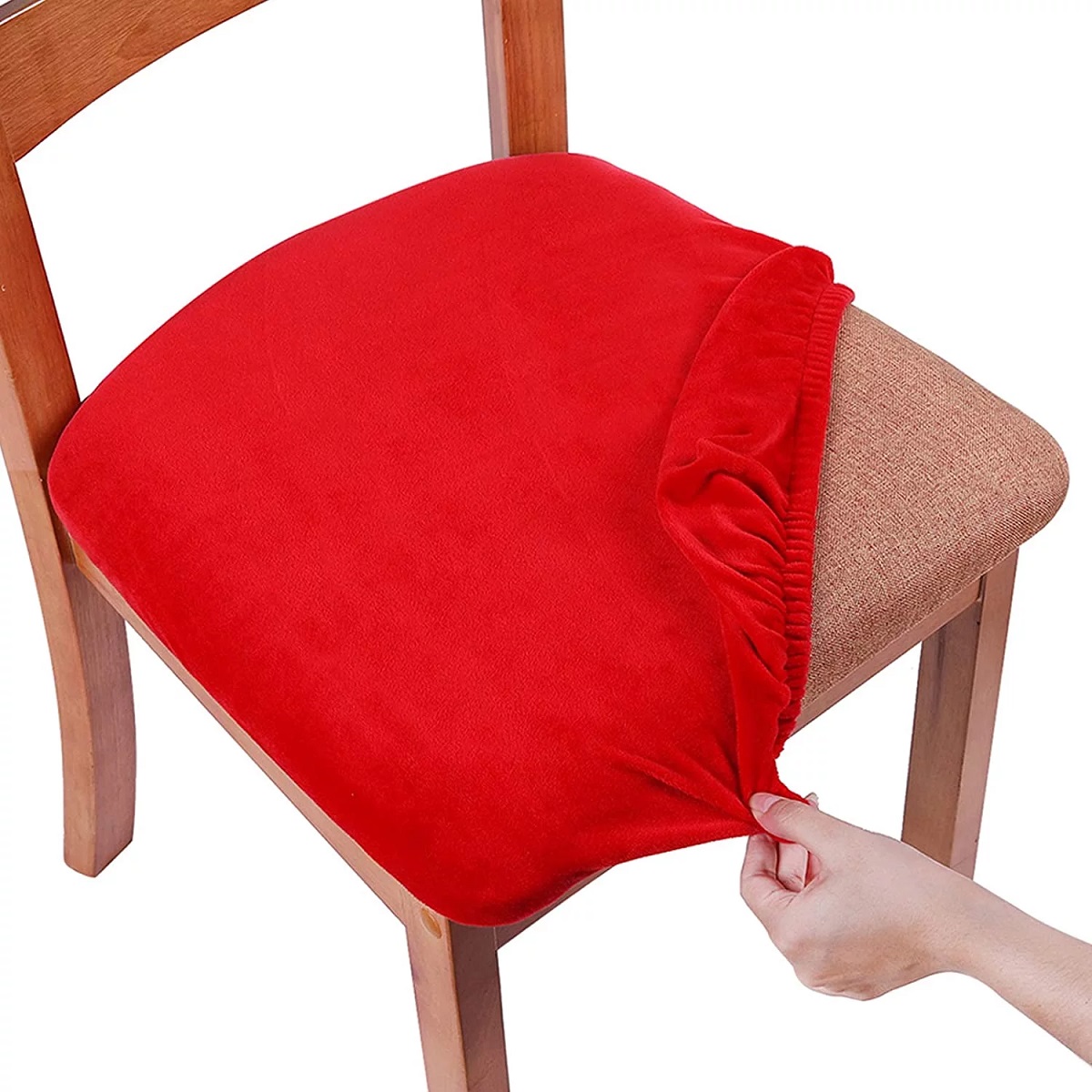
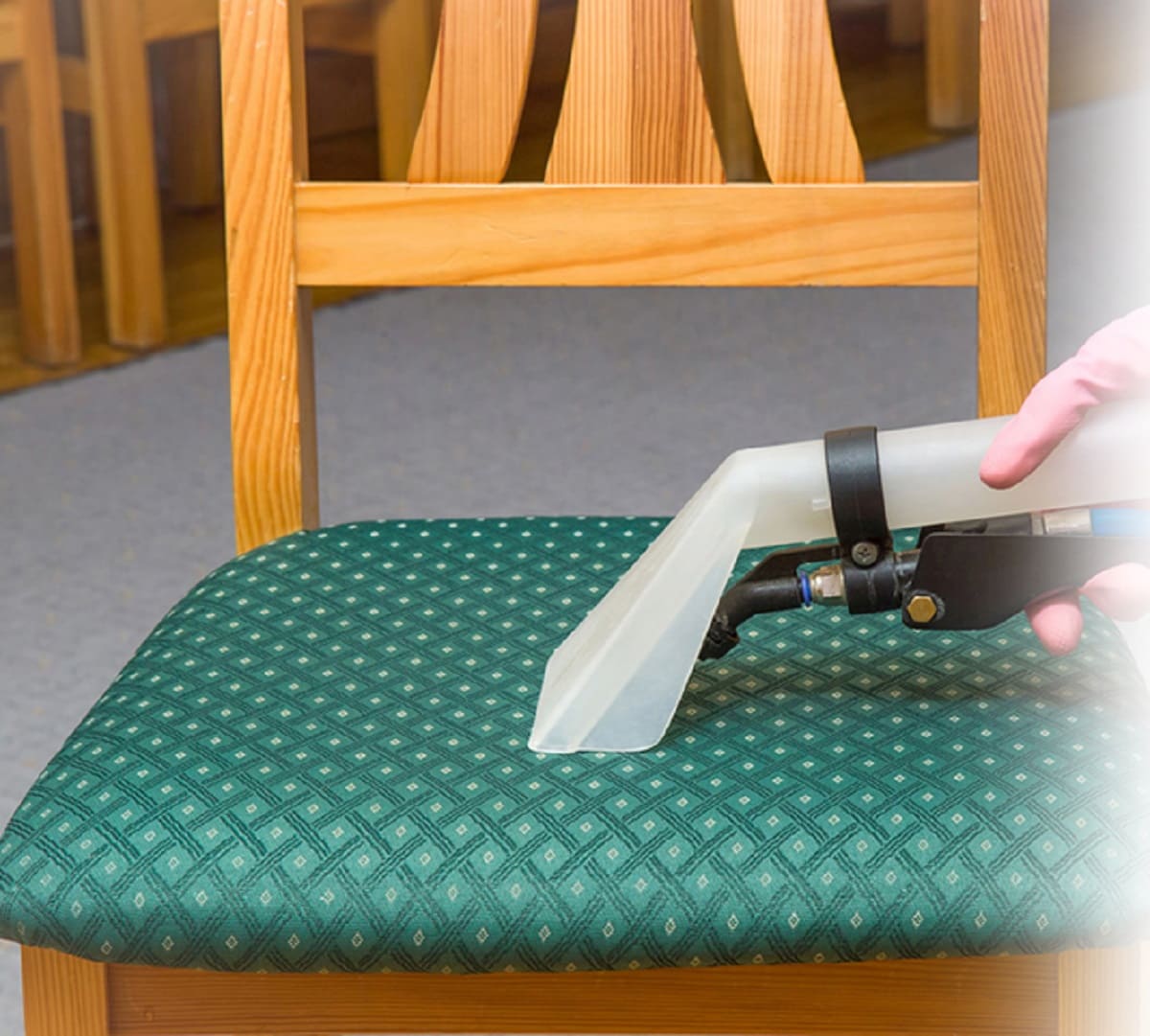
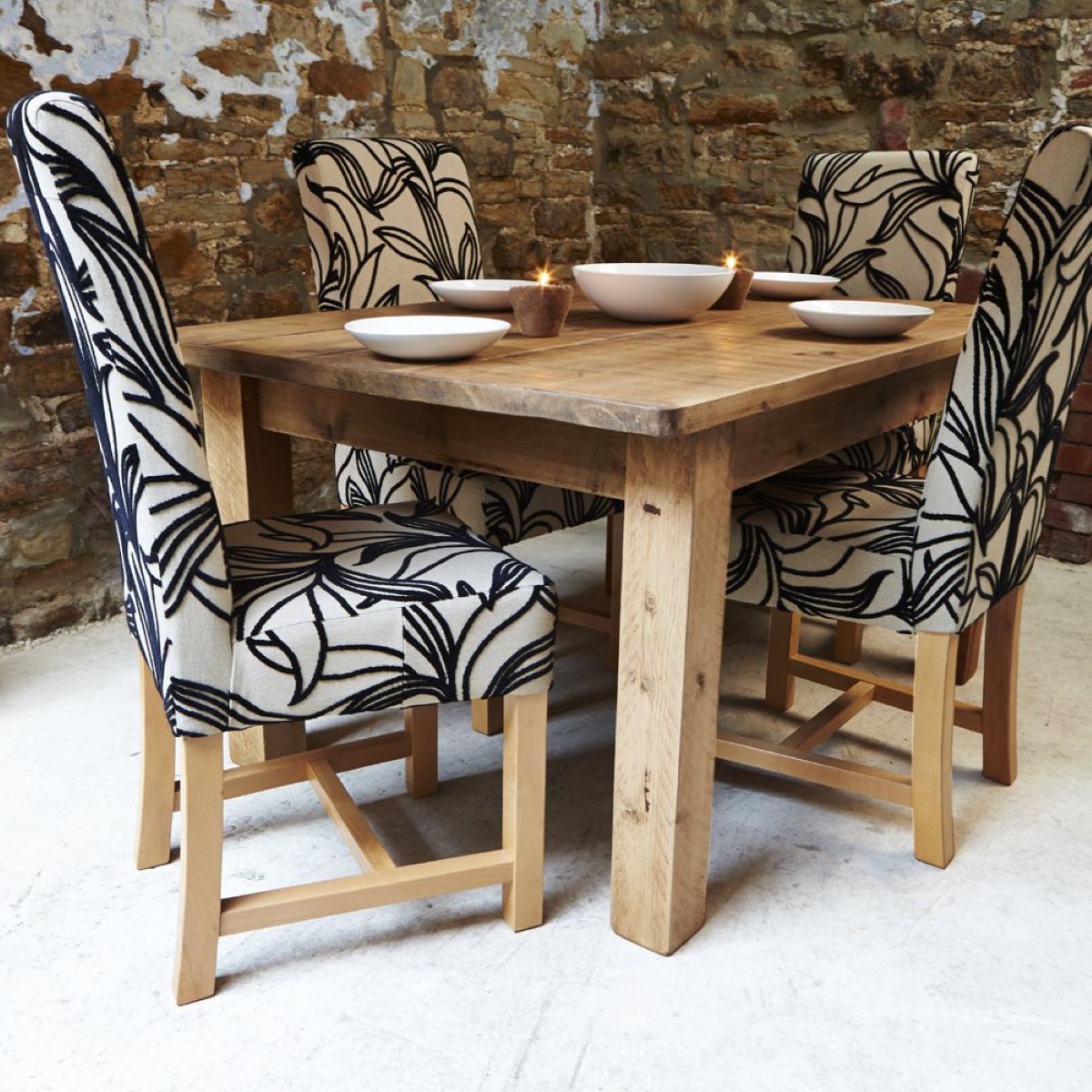
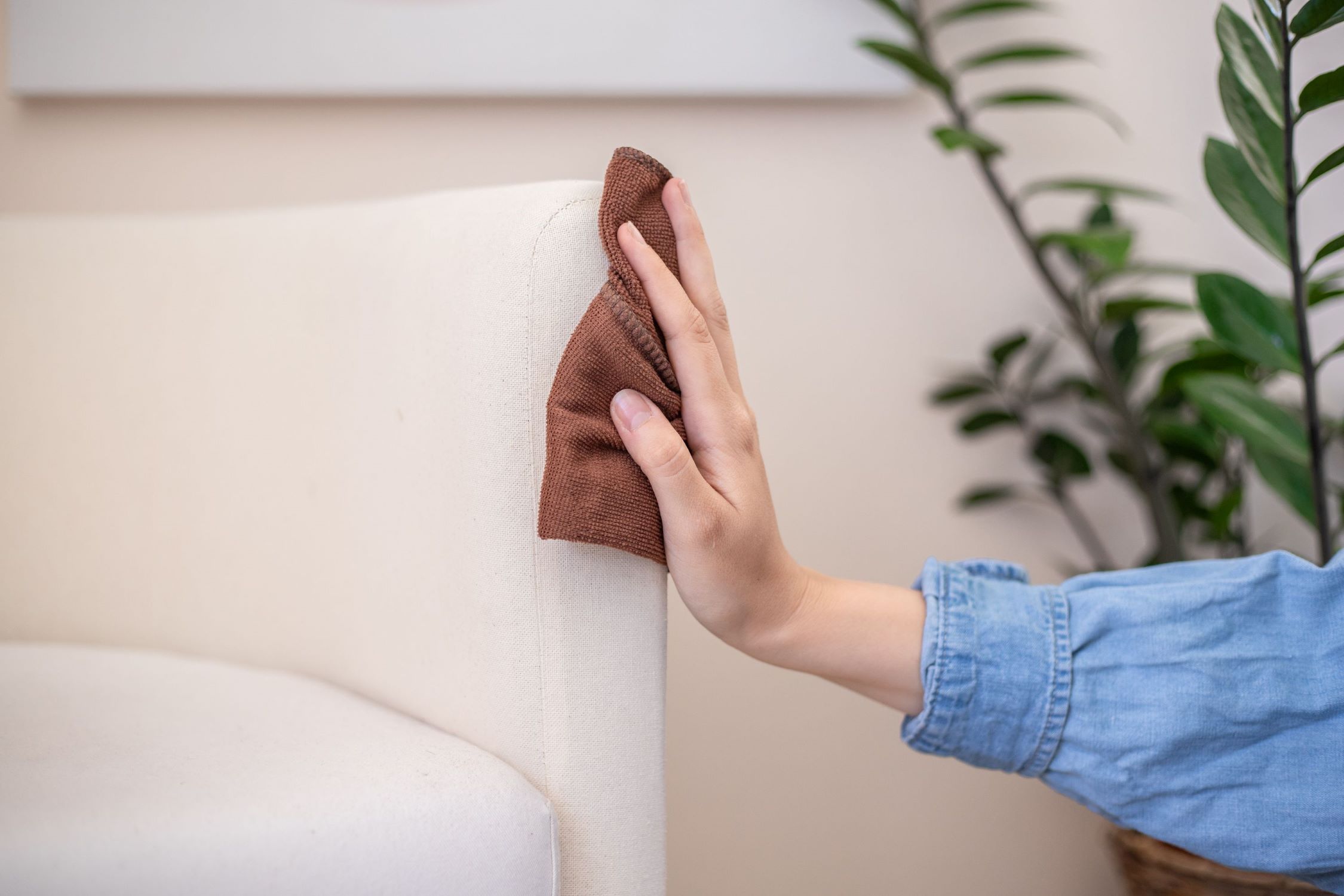

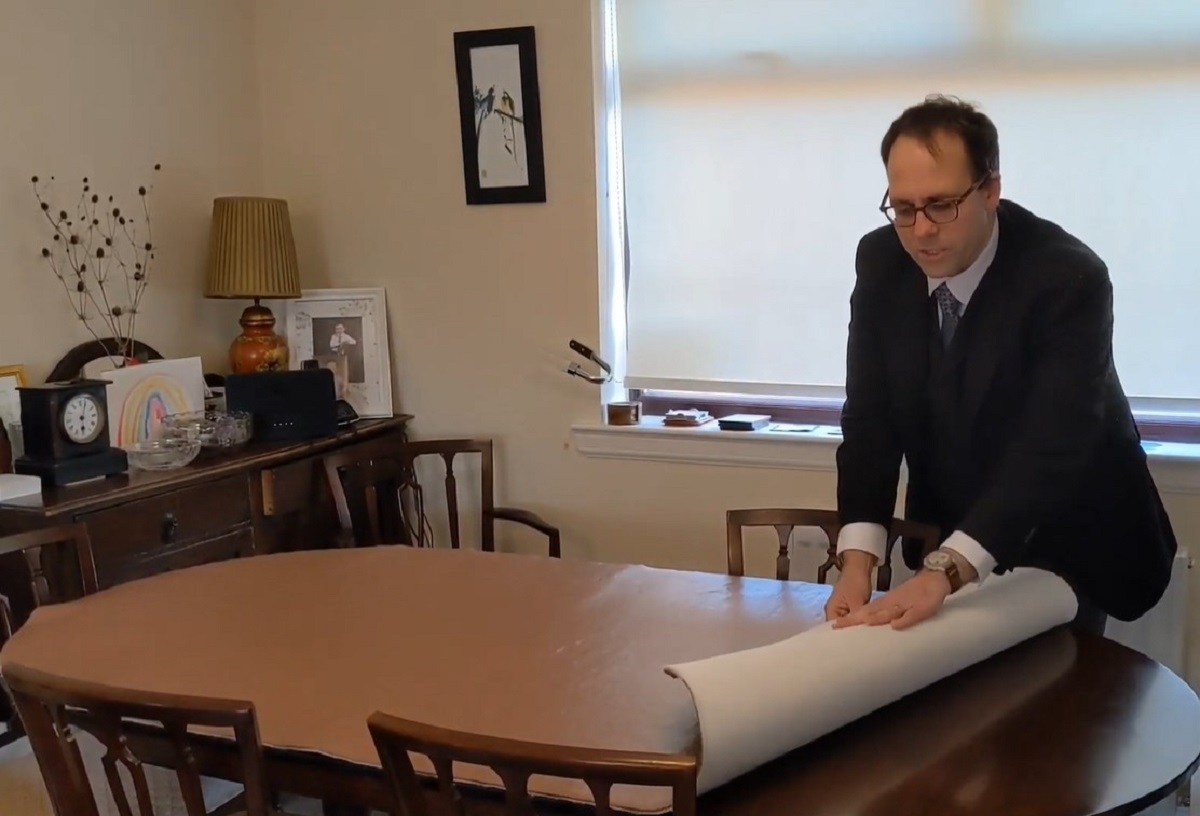

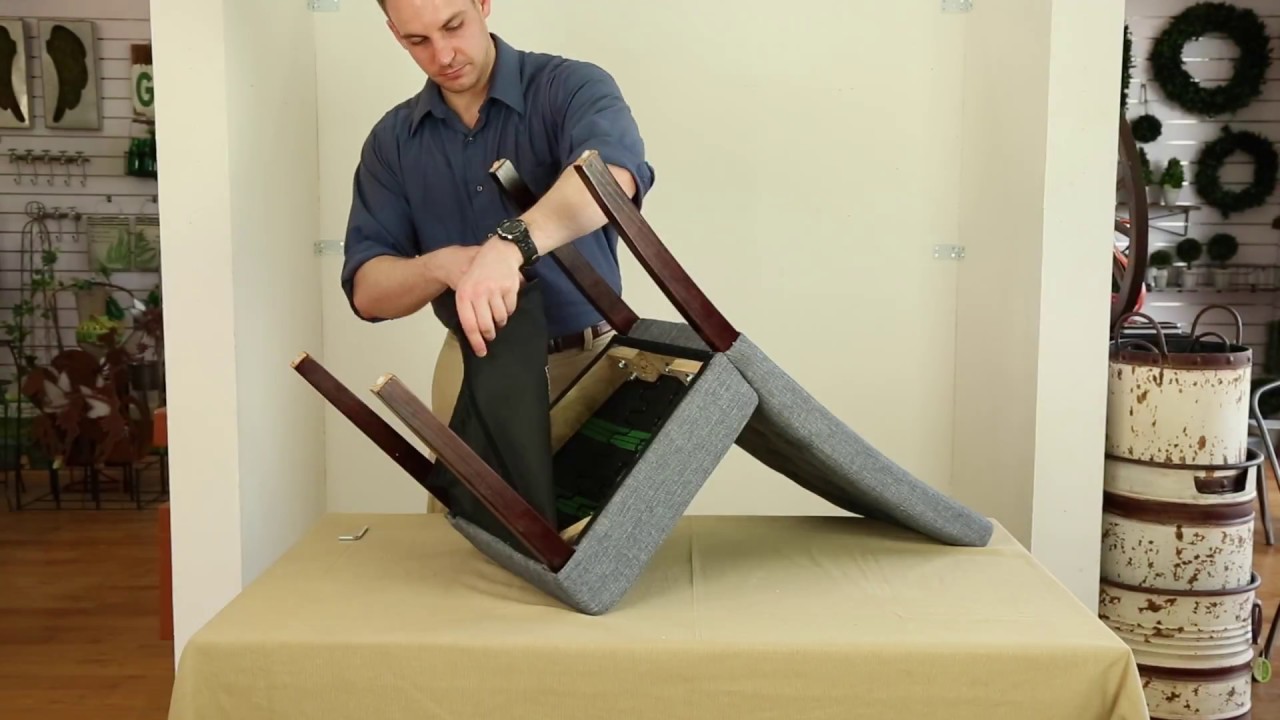

0 thoughts on “How To Protect Fabric On Dining Chairs”